-
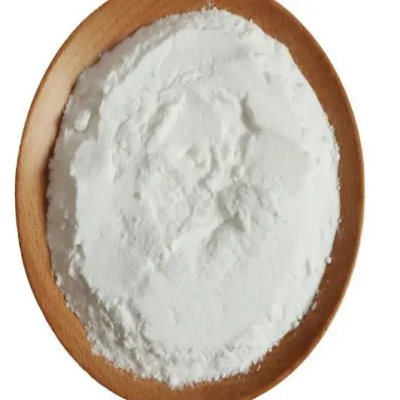
4-Chloro-2-fluoro-3-methoxyphenylboronic acid CAS:944129-07-1
4-Chloro-2-fluoro-3-methoxyphenylboronic acid is a boronic acid derivative featuring a boronic acid group attached to a phenyl ring substituted with chlorine, fluorine, and methoxy functional groups. This compound is pivotal in organic synthesis, notably in Suzuki-Miyaura cross-coupling reactions, where it acts as a versatile boronic acid reagent. Its unique combination of substituents imparts tailored reactivity, rendering it valuable in medicinal chemistry, materials science, and the synthesis of specialized organic compounds.
-
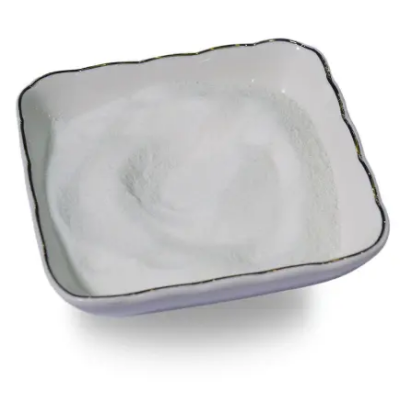
2,3-Difluoro-4-ethoxybenzeneboronic acid CAS:212386-71-5
2,3-Difluoro-4-ethoxybenzeneboronic acid is a chemical compound classified as a boronic acid derivative. Its molecular structure comprises a boronic acid group attached to a benzene ring substituted with both difluoro and ethoxy functional groups. This compound holds significant importance in organic synthesis, particularly in Suzuki-Miyaura cross-coupling reactions, where it serves as a versatile boronic acid reagent. Additionally, its unique combination of electron-withdrawing and electron-donating substituents makes it valuable in medicinal chemistry, agrochemicals, and materials science.
-

2,5-Dibromopyridine CAS:624-28-2
2,5-Dibromopyridine is a halogenated pyridine derivative where the pyridine ring is substituted with bromine atoms at the 2 and 5 positions. This compound is crucial in organic synthesis, serving as a versatile building block for various coupling reactions, including Suzuki-Miyaura and Stille couplings. The presence of bromine atoms significantly enhances its reactivity, making it valuable for constructing complex organic molecules. 2,5-Dibromopyridine is utilized in the synthesis of pharmaceuticals, agrochemicals, and advanced materials, where precise modifications of molecular structures are required.
-

4-Formylphenylboronic acid CAS:87199-17-5
4-Formylphenylboronic acid, also referred to as 4-Formylphenylboronic acid or 4-FPBA, is a chemical compound belonging to the class of boronic acids. It features a boronic acid functional group (-B(OH)₂) attached to a phenyl ring substituted with a formyl (-CHO) group at the para position. This compound holds significance in organic synthesis, particularly in the formation of carbon-carbon bonds via Suzuki-Miyaura cross-coupling reactions. Moreover, its unique reactivity and ability to undergo various transformations make it valuable in the development of pharmaceuticals, agrochemicals, and functional materials.
-
![N-[3-amino-4-(methylamino)benzoyl]-N-2-pyridinyl-β-Alanine, ethyl ester CAS:212322-56-0](https://cdn.globalso.com/xindaobiotech/1K37N24IWHVCSAAU383384.png)
N-[3-amino-4-(methylamino)benzoyl]-N-2-pyridinyl-β-Alanine, ethyl ester CAS:212322-56-0
N-[3-amino-4-(methylamino)benzoyl]-N-2-pyridinyl-β-Alanine, ethyl ester is a chemical compound with the molecular formula C19H22N4O4. It is a white to off-white solid, typically soluble in organic solvents.
-
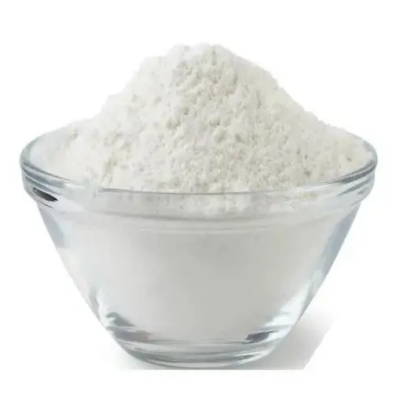
N-(4-cyanophenyl)glycine CAS:42288-26-6
N-(4-cyanophenyl)glycine is a chemical compound with the molecular formula C10H9NO2. It appears as a white to pale yellow solid, sparingly soluble in water but soluble in organic solvents. This compound is utilized in organic synthesis as a versatile building block for the preparation of pharmaceutical intermediates and agrochemicals.
-

Triphenylphosphine oxide CAS:791-28-6
Triphenylphosphine oxide is a chemical compound with the formula (C6H5)3PO. It appears as a white crystalline solid, insoluble in water but soluble in organic solvents.
-

TRANS-CROTONIC ACID CAS:107-93-7
TRANS-CROTONIC ACID is a chemical compound with the molecular formula C4H6O2. It appears as a colorless liquid with a pungent odor.
-
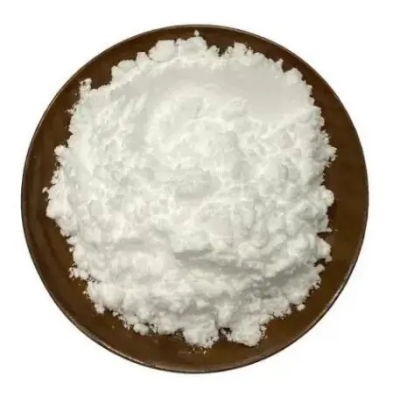
Ruthenium CAS:7440-18-8
Ruthenium is a chemical element with the symbol Ru and atomic number 44. It is a rare transition metal belonging to the platinum group of the periodic table. Ruthenium is known for its hardness, durability, and resistance to corrosion, making it valuable in various industrial applications.
-

Chloroiridic acid CAS:16941-92-7
Chloroiridic acid is a chemical compound with the formula H2IrCl6. It appears as a dark red solid and is highly soluble in water.
-
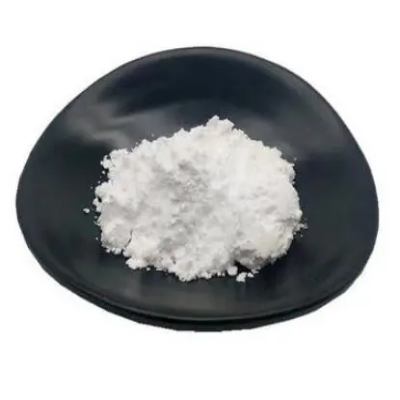
Chloro(1 , 5-cyclooctadiene)rhodium(I) dimer CAS:12092-47-6
Chloro(1,5-cyclooctadiene)rhodium(I) dimer is a chemical compound with the formula RhCl(COD)2, where COD represents 1,5-cyclooctadiene. It appears as a yellow crystalline solid and is soluble in nonpolar solvents.
-
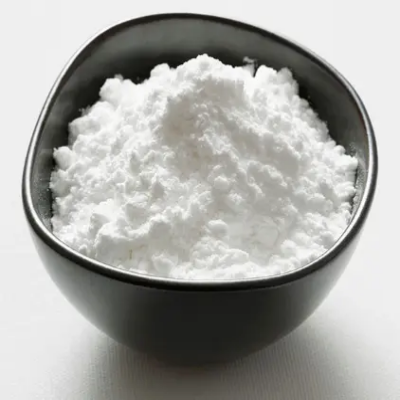
3-Methylcrotonoyl chloride CAS:3350-78-5
3-Methylcrotonoyl chloride is a chemical compound with the molecular formula C5H7ClO. It appears as a colorless to pale yellow liquid with a pungent odor.

